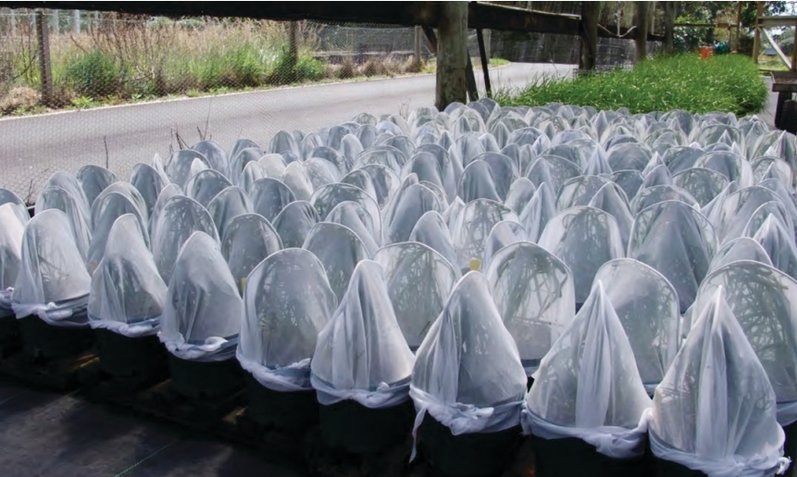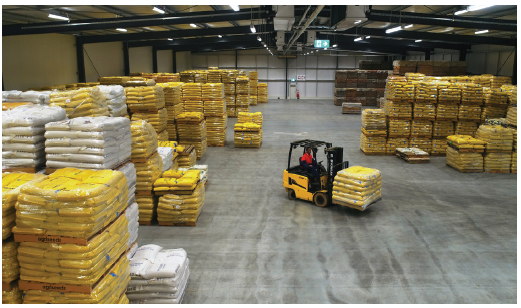Developing great endophytes
We have the biggest range of endophytes you can buy. Why? To help New Zealand farmers get the right results. That’s because the best pasture comes from the happiest marriage between a ryegrass, and its endophyte. Finding the perfect match takes time, and top-class science, but it’s been our passion for more than 30 years and we’re not about to stop now!
Introduction
We’re often asked, what is the best endophyte? After decades of research we can tell you it’s not that simple. Our job is to breed the best pastures you can grow. That means pairing the right grass genetics with the right endophyte to create powerful partnerships that can work wonders on your farm
No one size fits all
Different strains of endophyte vary in their effect on ryegrass. In one case, we even found a parasitic endophyte! It significantly depressed ryegrass yield, and made it more susceptible to disease, disastrous effects we do not want on farms. Some endophytes seem to do nothing. Others reduce winter growth, or can increase autumn growth.
Teamwork makes the dream work
A good example? Releasing NEA12 endophyte in Shogun and Maxsyn, because we’ve found these to be superb marriages. The data tells the story - NEA12 boosts the total yield of Shogun by 7%, and Maxsyn by 4%.
For context, plant breeding normally lifts ryegrass yield by +1% a year, so these partnerships equal 4-7 years of genetic gain in one hit. Imagine achieving that in your animals!
Likewise we released Forge ryegrass with NEA, because again, this is the right match for best performance. When we tried NEA12 in Forge, yield dropped 5%.
Molecular analysis
Our endophyte R&D began decades ago with a chance discovery in ryegrass seed collected by hand in Spain, and has progressed to cutting
edge biotechnology.
We have genetically screened over 400 potential endophytes.Those that reach commercialisation are genotyped and molecular markers developed so their presence can be detected in seed.


In DNA testing of endophyte, the output shows individual plants or seed with the desired endophyte blue, other endophyte orange, and without endophyte black.
Insect screening
We assess insect control early in the development of our new NEA endophyte strains using in both on-farm field trials, and specific greenhouse screening.
For example in Argentine stem weevil greenhouse testing, plants of the same ryegrass cultivar with a range of endophytes are planted in pots.
Then adult ASW are placed in each pot, and confined by mesh covers so we can compare egg laying and feeding damage on each ryegrass x endophyte combination

Animal health
To assess the ryegrass staggers risk, animal health and performance of different endophyte strains we use lambs, as they are more sensitive than cattle.
Under careful supervision and strict ethics standards, separate mobs are set-stocked for up to 8 weeks on pure swards of perennial ryegrass grown to a high herbage mass (similar to a hay crop) in February and March when the endophyte alkaloids are highest. This is not normal or recommended farm practice, but is designed to ensure we identify any effects under these worst case scenario conditions.
Lambs are assessed for ryegrass staggers and liveweight gain throughout the trial.

An animal trial in late February. Each separate 0.3ha block is a particular ryegrass x endophyte combination, and the animals on each block are monitored.

Field testing

cultivars with no endophyte.
Commercial field tests are also used to reflect real world conditions. Many trials are run on farms selected for known pasture persistence problems. Insect issues combine with climatic stress and typically over-grazing to further test endophyte performance.
Supply chain
Once a suitable ryegrass x endophyte combination is chosen for release, we take great care to ensure purity and endophyte levels throughout the seed multiplication process. Final production fields are closely monitored and seed is assessed for endophyte levels and seed quality. Post-harvest, specialised cool storage, further testing, and just-in-time delivery ensure the best quality seed arrives on your farm.


